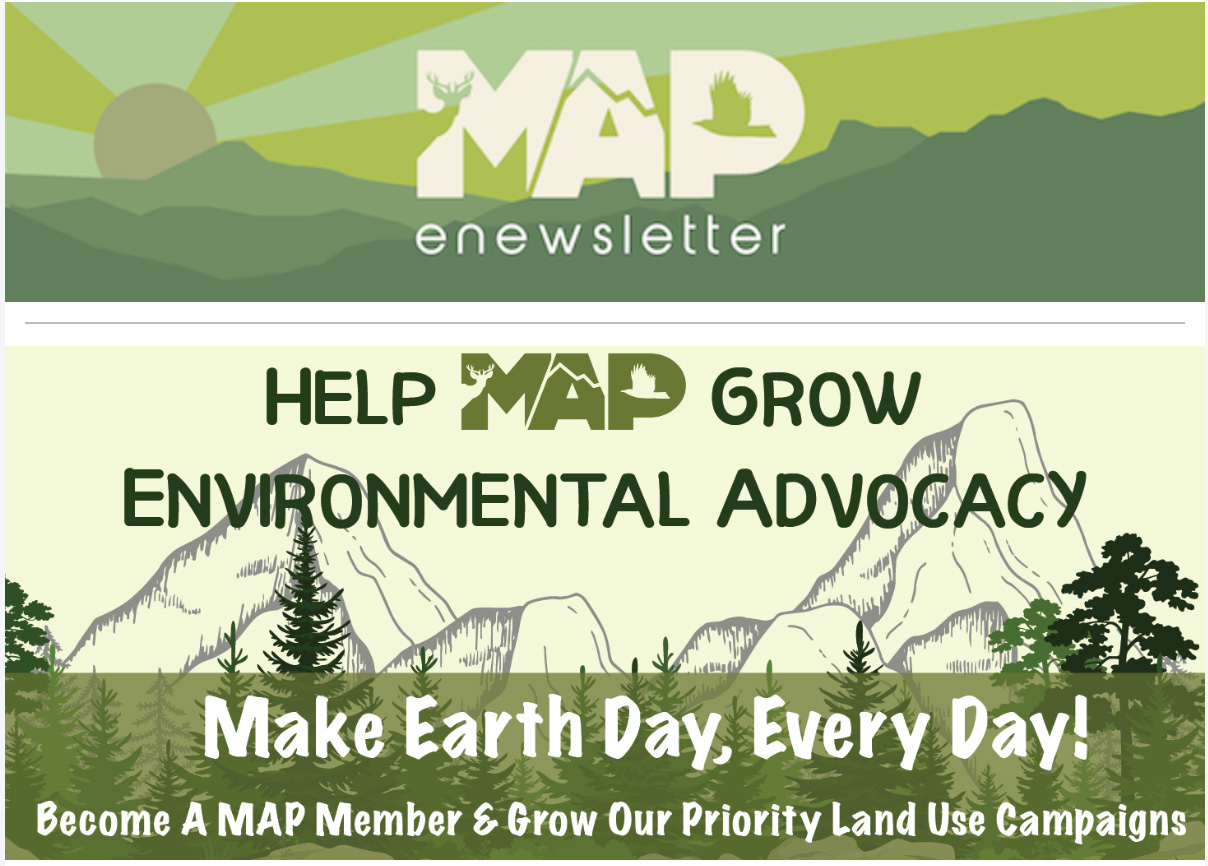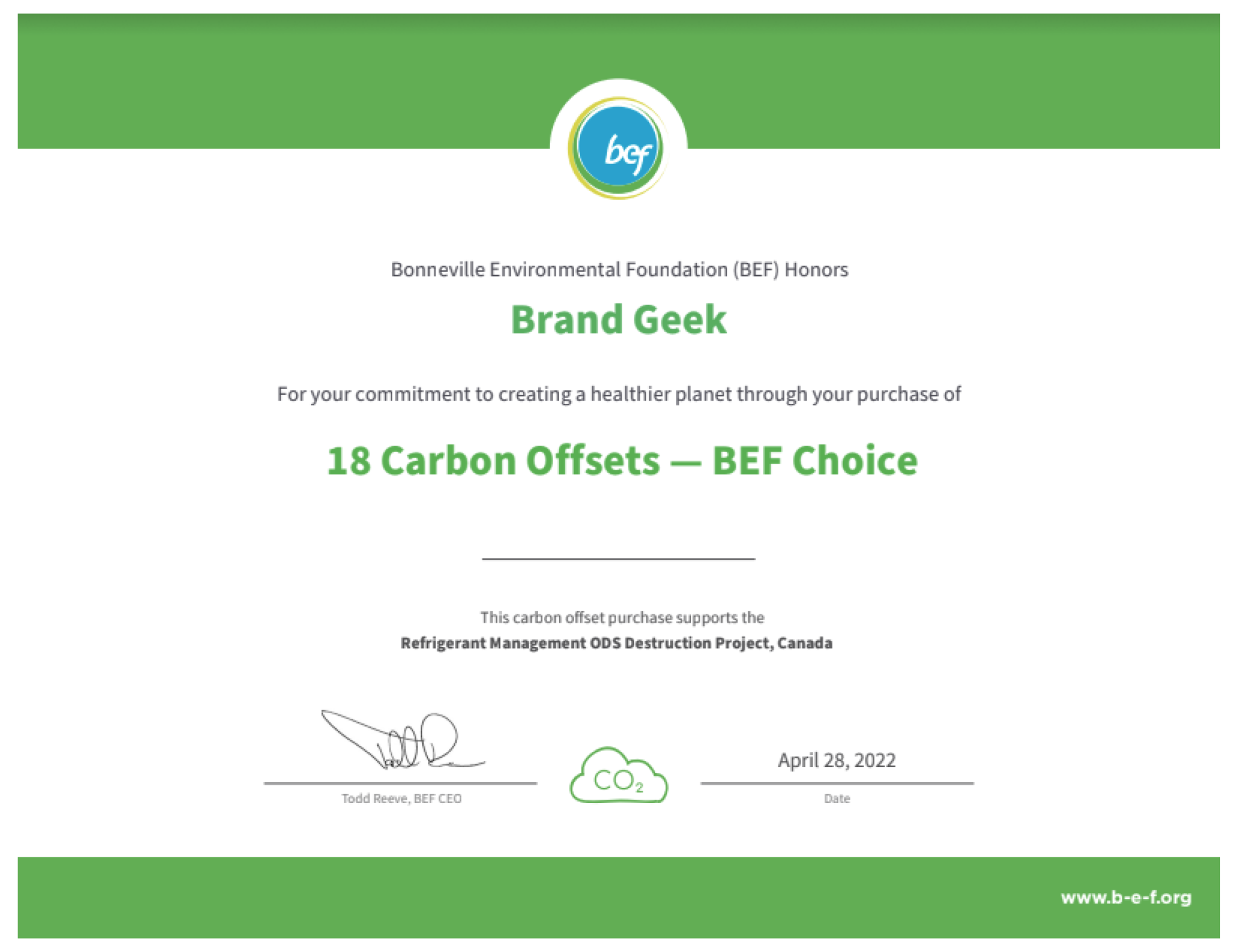Brandgeek proudly supports Mountain Area Preservation and is humbled to be…
Making Media Moments at Social Venture Network
Social Venture Network (SVN) is a membership organization comprised of the world’s leading social entrepreneurs – or, as I call us, socialpreneurs — who are working to create positive impact through their enterprises. This weekend is SVN’s Annual Spring Gathering where SVNer’s join together to inspire and challenge one another. Along with TED, SVN is my favorite conference.
I attended a morning session named Meaningful Media: Access, Engage & Mobilize. The Session was hosted by SVN’s Erin Roach and included three panelists:
Lance Laytner, Public Good Relations
Malachi Leopold, Left Brain/Right Brain Creations (LBRB)
Lance began the conversation by explaining the journalism in his DNA. His father was a journalist for 60 years, and several other immediate family members also were journalists. Lance has been published in 6 languages in 38 countries and always had a passion for journalism. That was until September 11, 2011, after which most news outlets focused on stories of dread and fear, operating under the principle, “If it bleeds it leads.” This caused Lance to create a new paradigm: “If it feeds it leads.” To successfully create press for one’s enterprise, Lance suggests that socialpreneurs use this equation: Work PRESS Angles. In this context, PRESS is an acronym for People, Regional, Event (turn what you’re communicating into an event), Stories*, Sensational, and so long as you include these element in your press pitch, you should capture the attention of your intended audience. Lance also encouraged everyone to communicate their cause in the most exciting way possible.
Next to speak was Malachi, whose company produces commercial content for social enterprises. LBRB helps its clients to compellingly communicate their message by collaborating to create action campaigns. They are about to launch an original reality series called Trep Life on Inc.com, which examines what it takes to be a successful entrepreneur. Recognizing that we will never see the change we are striving for if people don’t engage in meaningful action (no, forwarding that e-mail doesn’t count), LBRB serves to mobilize people around an idea.
James was the last panelist to introduce himself. James’ organization, Purpose gets press for important causes and helps stakeholders answer the oft-asked question, “What can I do?” Purpose’s purpose, if you will, is to organize people to take action to solve the world’s biggest problems. Purpose was born out of two highly successful social experiments: GetUp! Action for Australia, which was loosely modeled on MoveOn here in the U.S. and AVAAZ.org, which is the largest social action political organization in the world. Purpose is a crowd funded model that works through two primary models: partnerships & incubation. Recognizing that movements have mobilized millions to act, Purpose helps people find movements and take action.
The panelists then proposed that we collectively discuss a case study from a real live SVNer in hopes of helping them change meaning into action. Josh Knauer from Rhiza Labs suggested that we study a for profit organization instead of a non-profit and, after thanking Josh, Manish Gupta jumped at the opportunity. Manish introduced people to his company, Handmade Expressions, which creates beautiful sustainably made products, while paying fair wages to its producers in India. Manish’s challenge is convincing consumers that purchasing responsibly manufactured products from another country promotes sustainability at home as well as abroad. He asked the group for feedback on how to shift consumerism to make people care how the products they purchase are made & delivered.
Bryan Welch from Ogden Publications (and author of the recently published book, Beautiful and Abundant) stated that since we connect with stories sharing the real story about the real person making the product is important. Bryan also suggested that we all need to expand the focus of our marketing, and cease marketing solely to our community (to which he referred as “the ghetto”), which he sees as really dangerous. Next, Matt Reynolds from Indigenous Designs, which sells high end fashion to mainstream consumers, shared how his company aims to bring its simple yet powerful message to the masses via apparel hang tags. Indigenous developed a traceable technology QR code to use on hang tags so that consumers who scan the code will see how the garment was made. Indigenous wants to share this technology with other social enterprises, including Handmade Expressions.
Josh said that only 6% of the population knows how to use QR codes & that use of these codes has flat-lined. Matt responded that Indigenous believes it will hit 10% QR code usage due to its target market, even though the generally accepted average is indeed 6%. Josh then suggested that we all need to mimic the marketing tactics of big corporations, so long as it doesn’t compromise our values. Matt recommended that Manish try to get consumers to think about how their purchases affect others, but cautioned that to do so successfully you can’t solely promote your own product. Matt also emphasized that to have a successful sustainable company your product (or service) has to be exceptional. In the apparel industry, most successful brands have 1 successful sku and that carries the entire company
Rich Cohen from Distant Village, a sustainable packaging company, also wants to help elevate brands in this space by showing how and by whom their products were made so he’s having some of the artisans he uses write diaries which they share with consumers. Malachi suggested that Manish aim to craft value for folks to engage with his brand beyond the sales transaction. He suggested that Starbucks presents a good model for creating opportunities for dialogue that work beyond the sales transaction to engage consumers. Going beyond the transaction is key, according to Malachi.
Lance suggested that Manish could become friends with consumers on social media and potentially bring some of his artisan producers to fashion week in NY in order to get people to care. Malachi chimed in that to get people engaged it’s important to look for low barriers to entry by doing simple, fun things like getting consumers involved in selecting product design. He emphasized that if you begin by asking people do something small to support the company and product, then you can return to them with a bigger request to which they actually are more likely to agree once they’ve already taken some action on behalf of your cause (who woulda thunk?!). Erin asked us also to consider how we as business owners address consumer’s limited time.
Jared Levy of Guru Media Solutions who worked with Indigenous through its QR code creation process said it’s important to recognize that lots of people don’t care about supply chain; they simply want to look good and be recognized for doing something good — be acknowledged for their good deed. Jared said there are 2 kinds of press – story press and marketing press. Given this, every one of our brands is a media organization in its own right. While Jared didn’t say it (or if he did I missed it cause I was typing), by conducting ourselves as if we run a media organization dedicated to promoting our cause (be it for profit or non-profit), we can use that role to craft compelling communications that create community around our brands.
Caryl Levine from Lotus Foods said that her business experiences taught her that consumers are selfish, wanting to know first, “What’s in it for me?” Lotus Foods’ messaging addresses that self-interest first by focusing on the fact that it’s more nutritious (consumer benefit), before sharing that it’s also better for farmers and the planet through sustainable farming.
Denise Taschereau from Fairware shared that her company’s packaging uses custom packing tape that tells its story. They also sell reusable cups with facts about the issues with disposable cups but since they’ve added “-1” to show their consumers the impact they’re making, the campaign has had more success. I suppose it shouldn’t be surprising that reward is a better incentive than punishment, but that’s not always obvious.
Malachi suggested 4 things Manish can do to achieve his goal: 1. focus on rewarding & recognizing his consumers; 2. engage in partnerships – e.g., partner with Kiva; 3. Tell stories, perhaps by creating a series of 2 min documentaries to show way his products improve lives and 4. Work with folks to engage people to make this as big as possible. Lance said recently he read the book Willpower Instinct, which he recommends. One thing he learned from it is if you ask people to do good, the number of those who will do so will plummet, but if you appeal to people’s sense of identity you will fuel growth. Richard Perl from TerraCycle said that any company trying to tackle this by itself has an uphill battle and recommended that Handmade Expressions align itself with allies.
Malachi suggested everyone watch the Kony 2012 campaign video created by the organization Invisible Children makes the invisible visible. The group’s goal was to expose Joseph Kony leader of LRA by making him famous and making the issue known. It worked because they understood their viewers and was able to empower him to change someone’s life, making the viewer a hero. People have short attention spans if you’re boring or irrelevant to them. If your message is relevant, interesting & entertaining, they will watch. Malachi suggested beginning with the end in mind – ask yourself what do you need to accomplish and who do you need to accomplish it?
James suggested focusing on quantity and strategic quality. He also believes that iconography is really important to success. Raising awareness is good, but at the end of the day you need people to act. The goal has to be to create new norms. He drew our attention to the TED community as an example of a group that has recognized & capitalized on the value of early adopters.
Amy Hartzler at Free Range Studios encouraged us to consider that there is a difference between people being selfish and wanting to self-actualize. Most people want to do something good. We must recognize that every touch of our brand must tell a single story; if there’s incongruence people will see it and distrust the brand. If you live the truth and you’re interesting, Amy believes you will succeed.
Duane Peterson of SunCommon felt compelled to stand up for “our ghetto;” he said we can’t ignore our base as we develop a relationship with mainstream consumers. Duane believes that only with the help of our early adopters can we grow into the mainstream. At Ben & Jerry’s, marketing money was spent on hardcore evangelists to build brand but would encourage us to focus on our hyper consumers and giving them engagement opportunities was invaluable.
MaryAnne Howland from Ibis Communications recommended aiming our marketing communications at folks with 9th grade educations, taking the complex and making it simple. She used John Hardy jewelry as an example of a beautiful product that also has a social mission. John Hardy also creates touch points by doing trunk shows at high end jewelers and getting people to contribute photos of themselves wearing his products on Facebook, though which he created a community around his brand. His social mission to most is just a plus; first and foremost, have a really good product.
To conclude, James encouraged Manish and the rest of us not to have a ghetto mentality because our stories are really exciting and we shouldn’t be afraid to take the spotlight, cause that’s where we belong! Malachi said creating strong consumer engagement takes a ton of hustle that begins with figuring out how to say what you want to say to get people to do what you want them to do.








Lara:
You did a beautiful job of capturing the salient points. Thank you for doing it!
Thank you, MaryAnne. Hopefully this will serve as a good reference point both for those of us who were in attendance and those who could not make it to this panel.
[…] of the people who attended Meaningful Media: Access, Engage & Mobilize (about which I wrote here) also attended this session. Rich Cohen from sustainable packaging company, Distant Village, […]